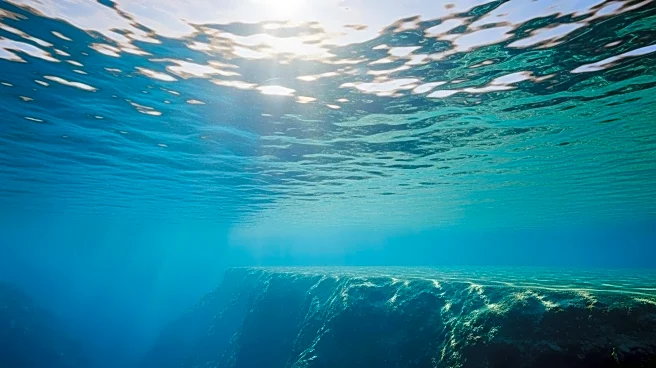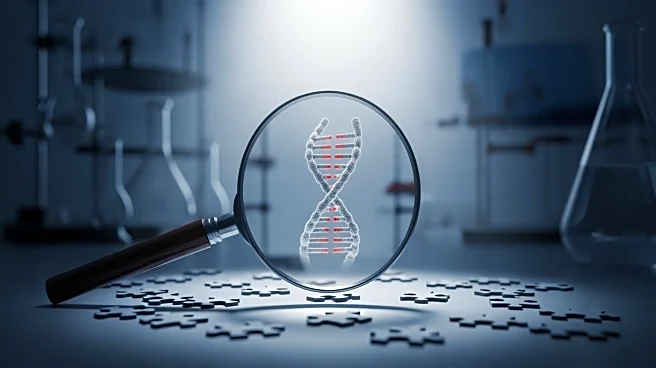What's Happening?
Scientists have uncovered a vast reservoir of low-salinity water beneath the Atlantic Ocean off the U.S. coast. This aquifer, discovered using advanced electromagnetic imaging techniques, could provide a sustainable source of freshwater for millions. The discovery challenges traditional water resource management and opens new avenues for exploration. The aquifer stretches approximately 217 miles from Massachusetts to New Jersey, with an estimated volume of at least 670 cubic miles.
Why It's Important?
The discovery of this aquifer could revolutionize water management strategies, offering a promising solution to the growing demand for freshwater. As global freshwater scarcity becomes more pressing, accessing such underwater reservoirs could ease the burden on existing supplies and support millions worldwide. However, environmental concerns, technological limitations, and geopolitical factors must be considered before harnessing this resource.
What's Next?
Further exploration and technological development are needed to access and utilize the aquifer sustainably. Collaboration among scientists, policymakers, and stakeholders worldwide will be crucial in addressing future water shortages. The discovery marks a significant milestone in the quest for sustainable water resources, showcasing the potential for technological innovation to uncover solutions to global challenges.
Beyond the Headlines
The discovery raises important questions about the future of water resource management. Sustainable use of these resources will require careful planning to balance the urgent need for freshwater with the imperative to protect delicate ecosystems.












